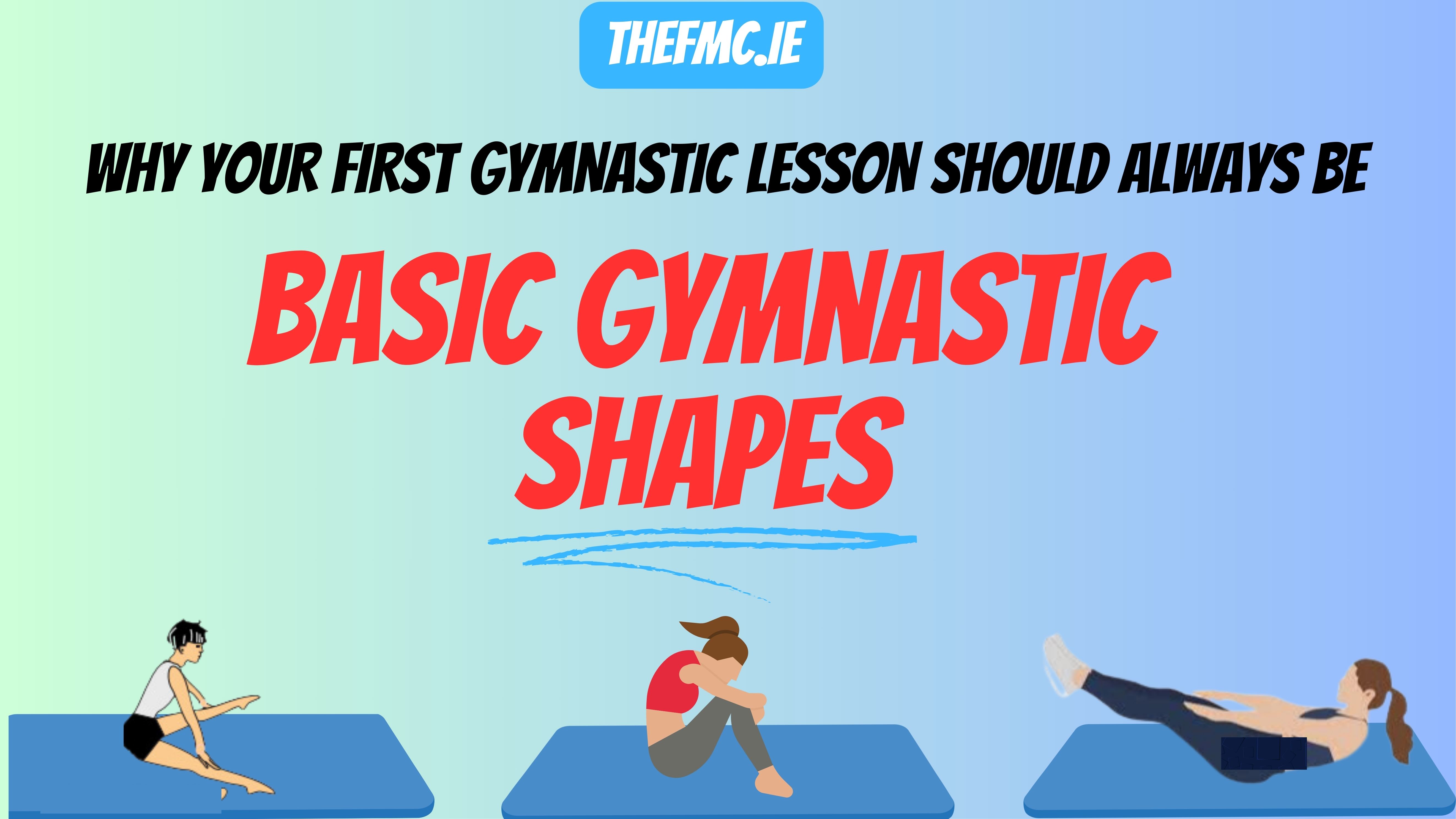Teaching Gymnastics - Basic Gymnastic Shapes - Episode 3

Do you find that most of your PE lessons revolve around the strand games? Do you avoid teaching certain strands, such as gymnastics, as you simply don't know where to start?
Don't worry! You're not alone!
At The Fundamental Movement Coach we always recommend beginning with the basic gymnastic shapes and building skills upon them, no matter the learners age.
The Basic Gymnastic Shapes
The basic gymnastic shapes are the foundation of most gymnastic movements. Gymnastic shapes serve as building blocks for more complex gymnastic movements and help children understand fundamental body positions. Teaching or even revising the basic gymnastic shapes to your class allow for:
1. Physical Development: Mastering these shapes helps improve strength, flexibility, and coordination which sets the stage for more advanced gymnastic skills.
2. Body Awareness: By understanding and practicing these shapes, children develop a better understanding of their bodies in space.
3. Skill Progression: Basic shapes serve as prerequisites for more advanced gymnastic skills. Learning these foundational shapes properly enables smoother progress towards mastering complex moves and routines.
What Shapes Should I Begin Teaching?
Begin by choosing assessing where your class are on our gymnastic shape progression continuum:

Once you've placed them on the continuum decide on which shapes to teach. Focus on directly teaching 1-2 shapes per lesson. This will ensure that you as a teacher and the students have enough time to focus on improving the skills of 1-2 shapes rather then teaching 3-4 and not having a clear understanding of any of them.
Our Top Three Basic Gymnastic Shapes
Three of the most important shapes to teach are the tuck (egg), pike and straddle (teddy bear) position. When teaching these shapes we always begin on the floor in a seated position.
1. Tuck Position: Encourage children to sit down, hug their knees, and pull them towards their chest. Sit on their bottom, knees bent up and pulled towards their chest. Feet remain flat on the floor, one hand cupped around each shin. Finally ensure their chin is tucked in
2. Pike Position: Have children sit on their bottom, legs out straight in front. Legs and knees should be straight and pressed down into the floor with toes pointed away. Place arms down by their sides with palms flat on the floor or arms or out to the side or out to the front.
3. Straddle Position: Guide children to sit on their bottom, legs out straight at 45 degree angles. Legs and knees straight and pressed down into the floor, toes pointed with their arms out straight to the side.
Begin with teaching the basic skills on the floor progressing to pair or group performances on benches or gymnastic equipment for more competent students.
What to do Next?
After directly teaching the basic shapes play a game to reinforce the new skills.
Simon Says: Mix the basic positions with some fun shapes. Ensure children are holding positions with correct technique and form when 'Simon Says'.
Musical Statues Game: Play some music for the children to dance to. When the teacher pauses the music, the children must freeze in one of the gymnastic positions.
Try Out Our Basic Shapes Lesson for Free!
Simply enter your name and email address below and we will send you a link to Our Basic Gymnastic Shapes lesson for free. This lesson will include:
- a warm-up,
- basic shape activity,
- shape game to practice the skill
- a mindful cooldown
